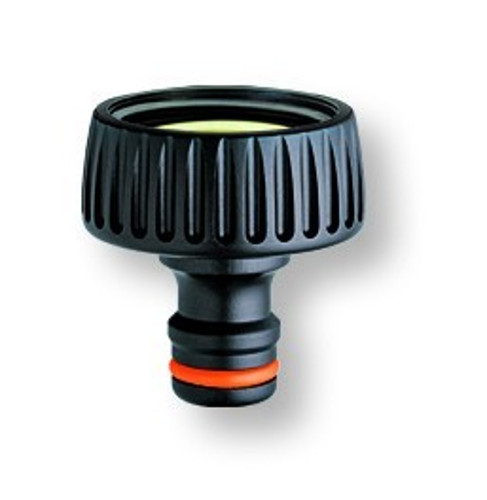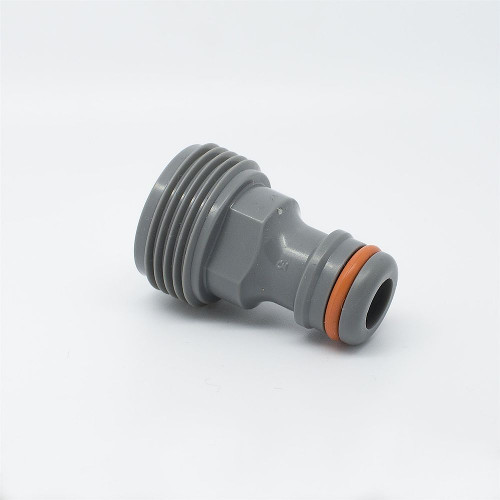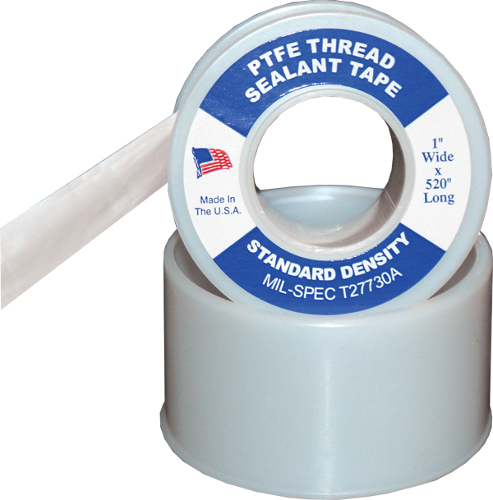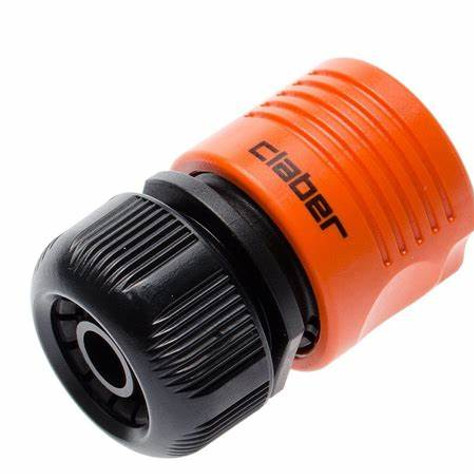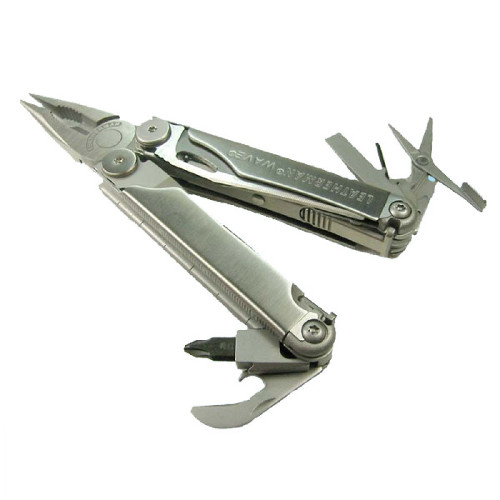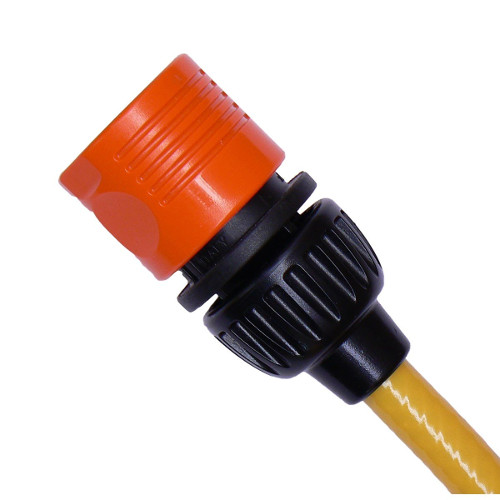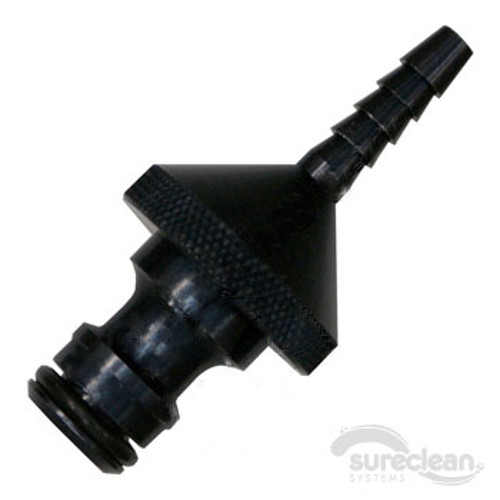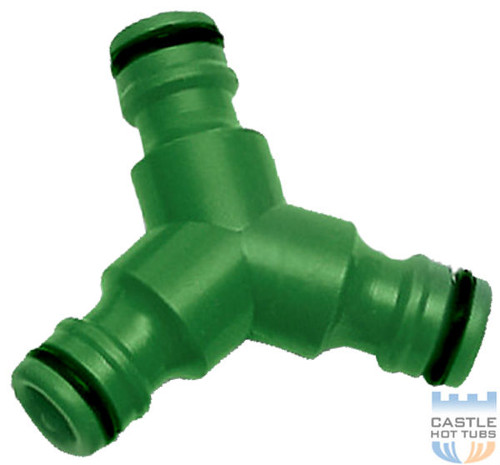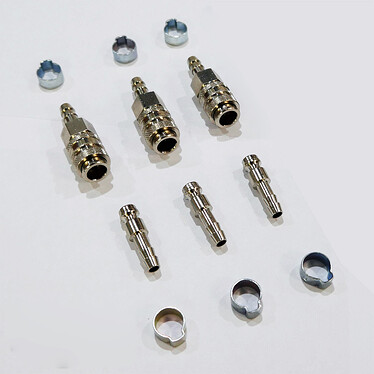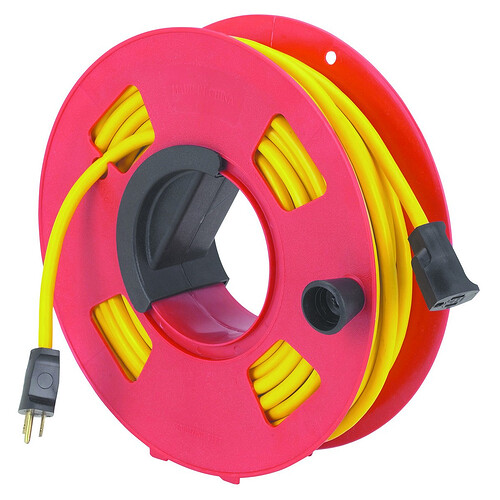I will describe MVS common in Europe. Starting from the water flow at the customer’s tap to your water fed pole.
At my vehicle there is a box that contains adapters for customer taps. The most common is the 3/4 inch tap adapter. You want spares for common adapters and do not use brass for the adapters changed the most because they get stuck.
The other tap adapters are a large diameter smooth bore, 1/2 inch, 1 inch - all female threaded, two types of indoor facet adapter - large square mixer tap connector and one male threaded 3/4 inch.
- Smooth bore
- Female thread 1/2 inch
- Female thread 3/4 tap adapter (common)
- Female thread 1 inch
- Square mixer tap connector
- Male thread 3/4 inch
You will need disposable gloves, thread seal tape for leaky taps, spare rubber gaskets, stainless hose clips, spare female garden hose connectors, multitool because customers can have quirky or damaged taps.
- Gloves
- Thread seal tape
- Rubber gaskets
- Stainless hose clips
- Female garden hose connectors (common)
- Multitool
You might add a torch to find your equipment in the winter evenings. I lost my multitool and have been cursing since.
After the customer tap is dealt with you need to be able to connect to the filter(s), reel(s) and wfp brush(es).
Introducing Yellow Adapter. YAs are 1m quality hoses 12.5mm-12.6mm diameter with quality female hose connectors on the ends. You can use cheap garden hose and hose connectors found everywhere but know they will be in the bin in a year.
You need to make 2 YA - I carry six. One goes from the customer’s tap to the inflow fitting on your DI tank. If you station the DI next to the customer’s tap it could be 1m long but if the DI tank is in your vehicle you would need a garden hose reel like the one in the back of Dan’s vehicle, one female hose connector and one YA to hook to the DI tank. You need a male/male connector if you have an Unger DI tank because the outlet is female.
- Garden hose reel.
- 2-6 YA = 2-6m hose and 4-12 female hose connectors (common)
- Male/male hose connector
The pure water outflow of the DI tank accepts a YA and this connects to a 3/4 inch tap adapter on the reel. The reel can carry pole hose, microbore or minibore. That is hose with internal diameters of 5mm, 6mm or 8mm. Before connecting the YA you should unspool the reel to the run you need for your job. This reduces resistance and problems with dragging hose.
One important connector I use is the Claber 9-13mm Coupling. 9mm-13mm means the hose outer diameter and it goes down to 8mm. This coupling lives inside the reel barrel and changes flow from the YA to your choice of hose size.
- Reel 2
- Pole hose, microbore or minibore
- Claber 9-13mm Coupling
At the end of your reel 2 hose you need a way to connect to the pole hose of the water fed pole. I use two 6mm tails and a YA. Some use Rectus Series 21 couplings or the Slick connects but in all types you will need a male/female coupling and this coupling should have barbs that fit the diameter of your reel hose.
- Reel hose tails
- Rectus 21 Coupling
- Slick Connects
This assumed you are one operator - used 1 DI tank and 1 reel. You would need five or six YA and a hose splitter for two wfp users.


